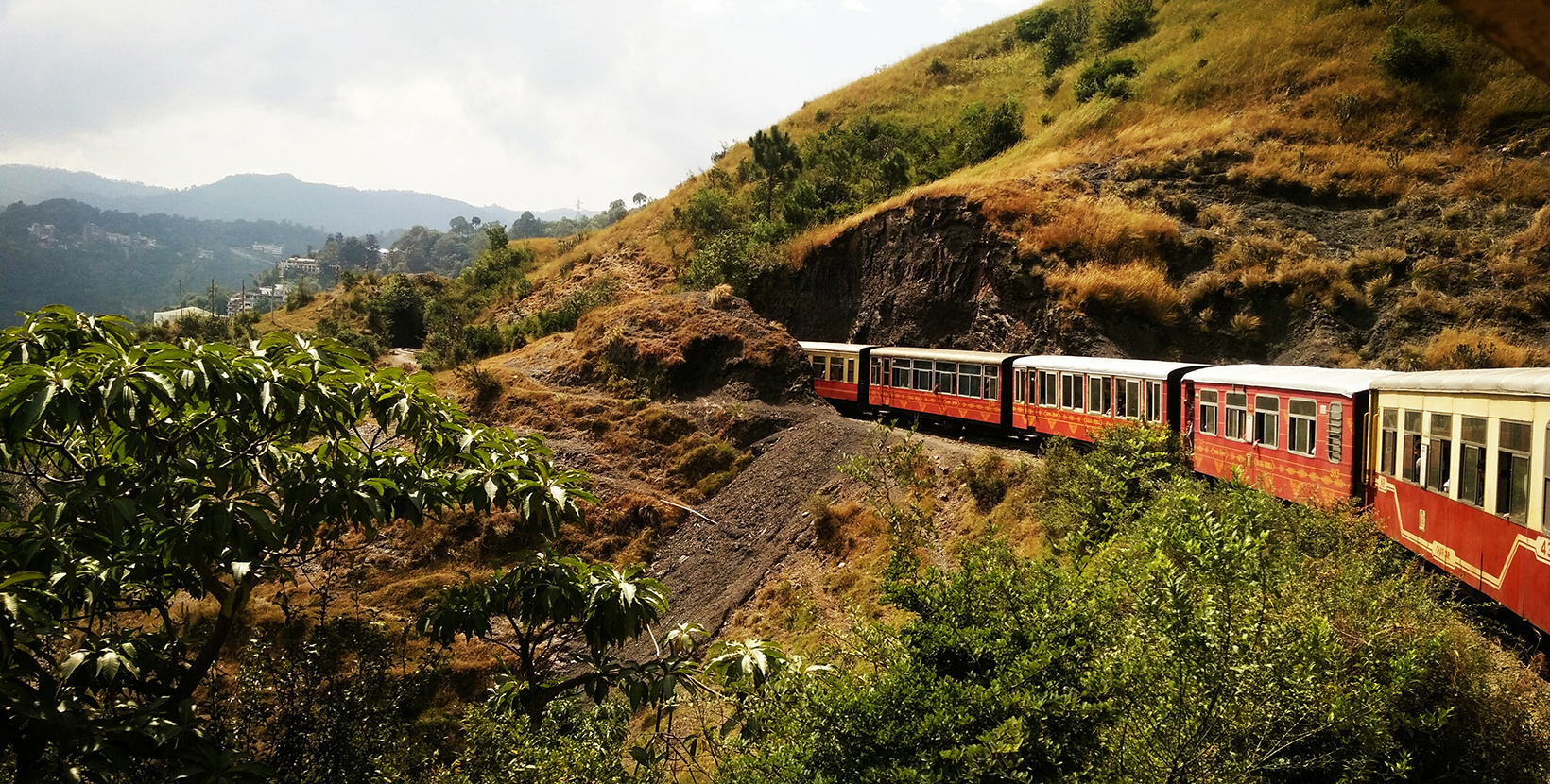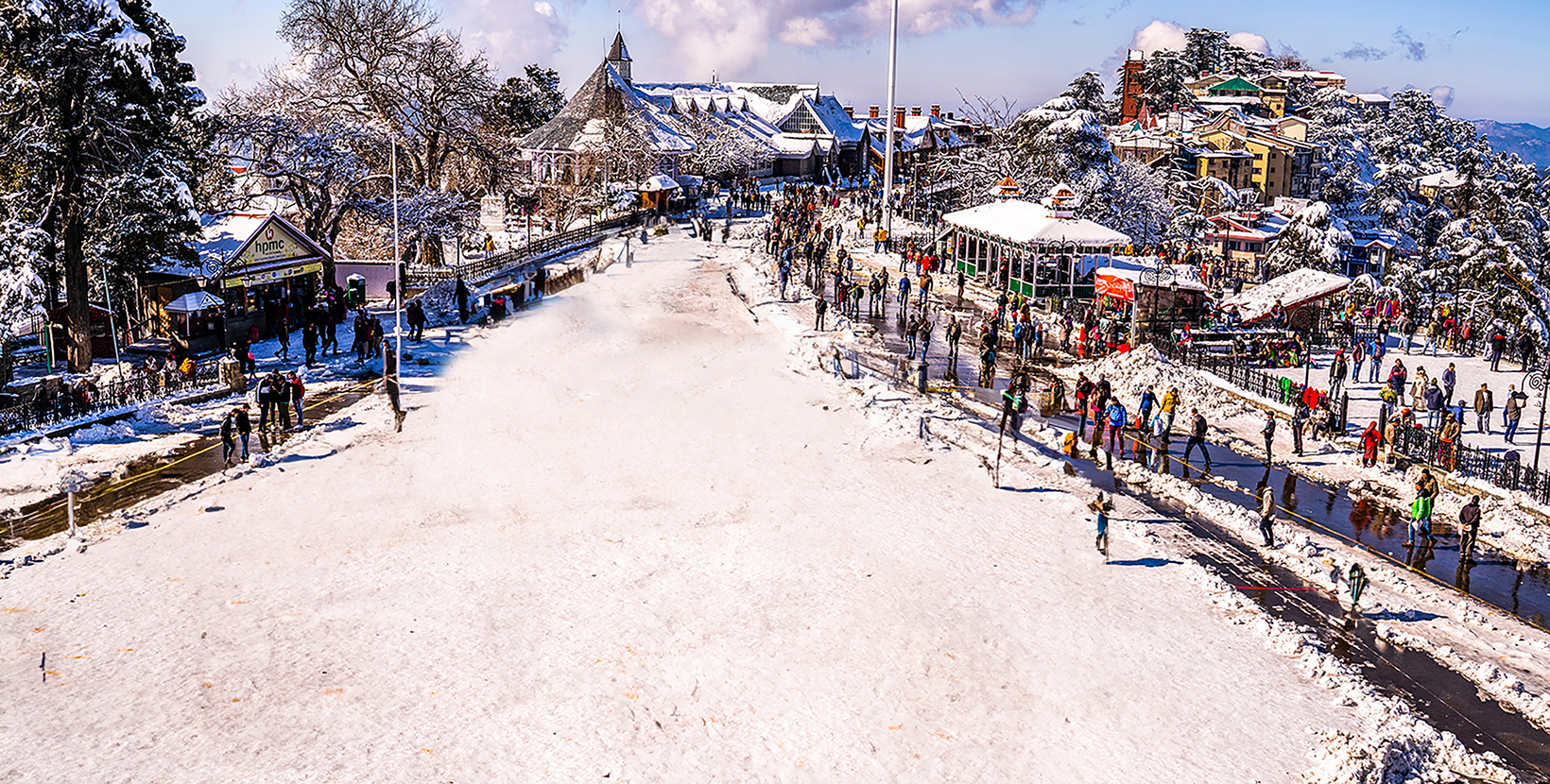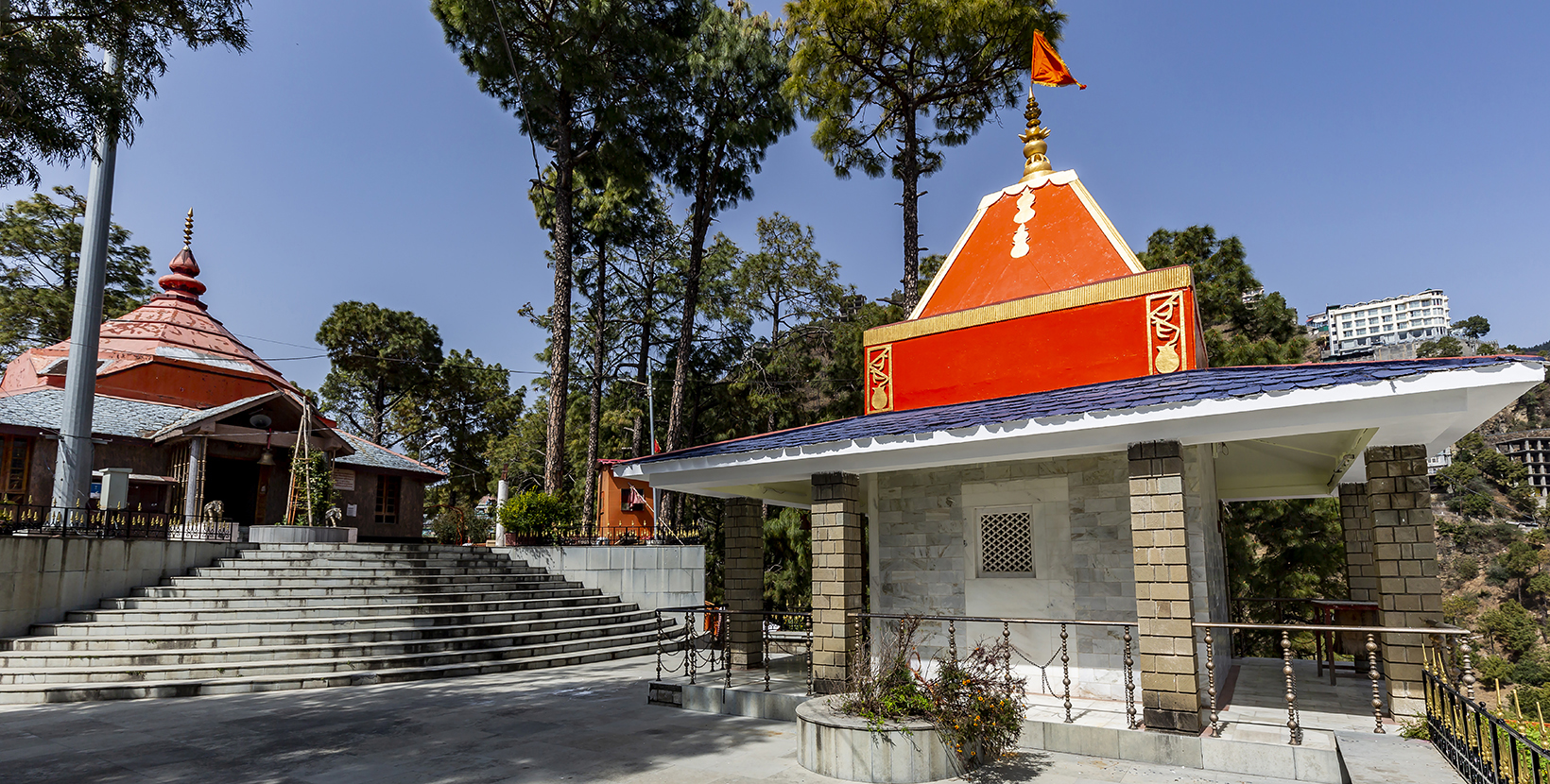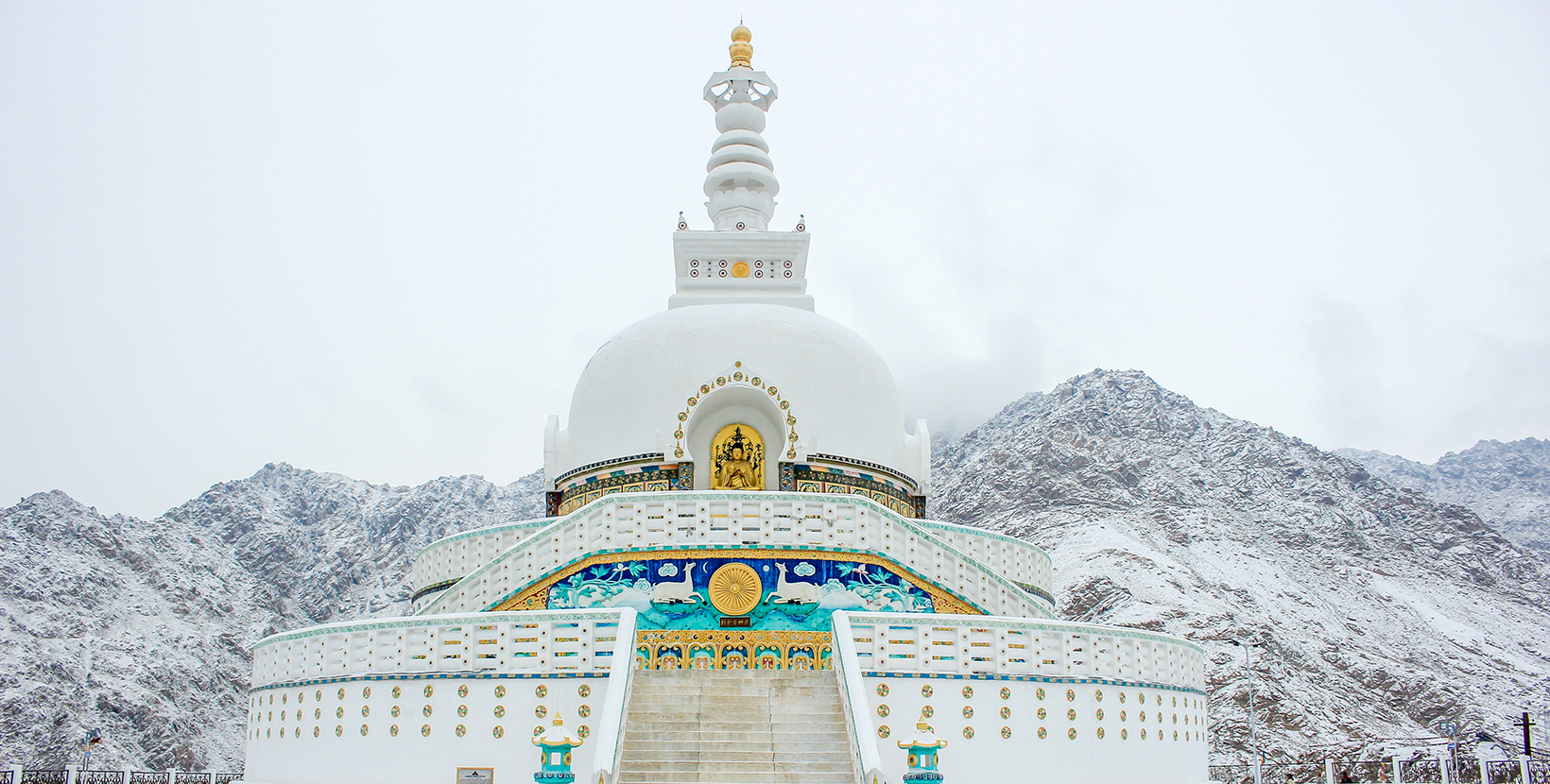Arrive in New Delhi

-
-
Highlights
Connaught Place, India Gate
The captivating capital, Delhi, is a delight to explore, with historical treasures and cosmopolitan hubs rubbing shoulders with each other. If you arrive in the later hours of the day, grab a delicious meal at any of the eateries in the popular Connaught Place. Don't forget to enjoy a drive to India Gate, where you can get stunning photos. The iconic archway of India looks spectacular, bathed in soft golden light against the inky blue of the night sky. For a memorable start to your adventure, take the night train from New Delhi to Kalka and then the early morning toy train to Shimla.








































